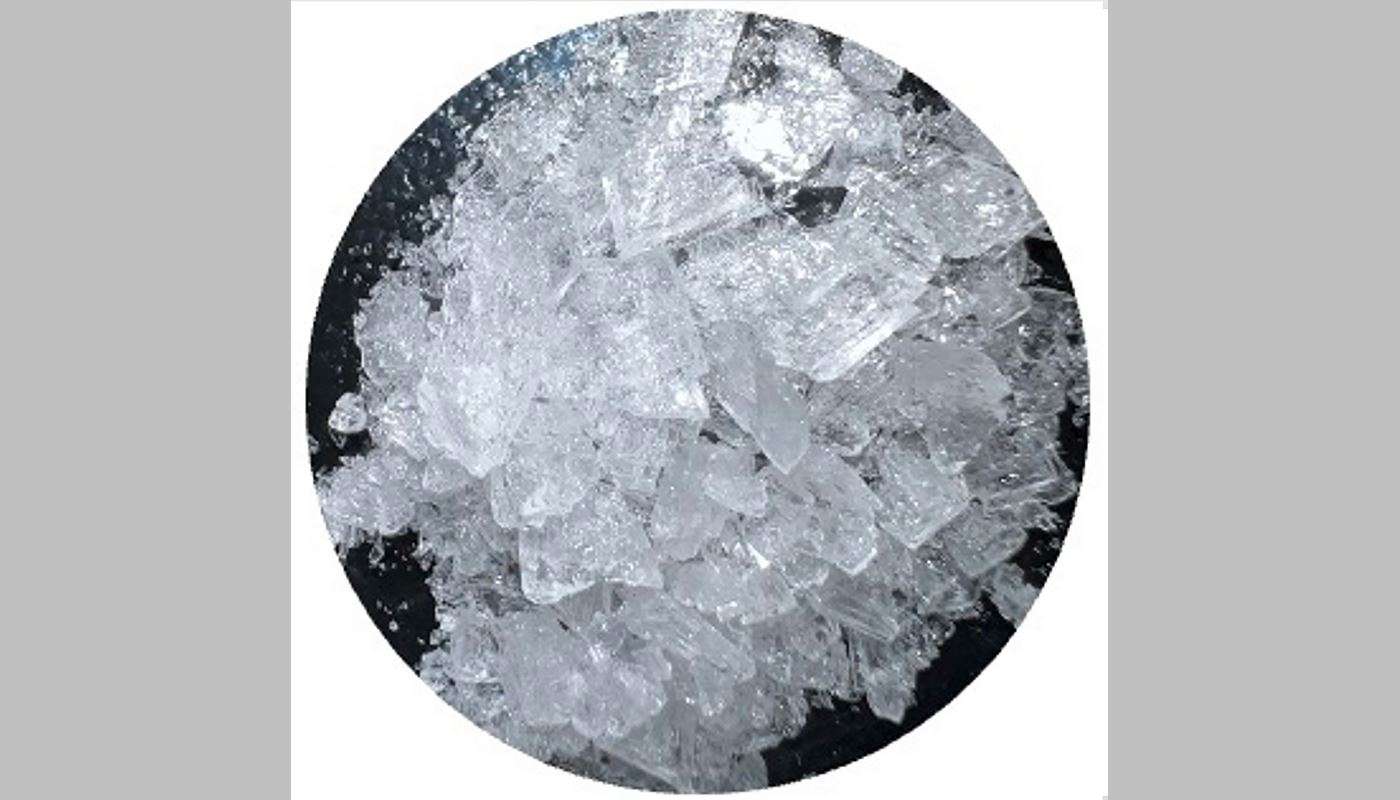Locked in a 4 Billion-Year-old Dance, Six New Exoplanets Demonstrate the Cosmic Beauty of 'Resonant Orbits'
6 newly-discovered exoplanets are orbiting in perfect resonance around a star in an eons-long 'waltz' that indicates they are newly formed.

A team of chemists has developed a low-cost, non-toxic catalyst that can easily deconstruct the complex plastic polymers of fishing nets, promising that a method to decisively remove these sources of ocean pollution may only be a few years away.
The team from Northwestern University explained that the main issue with Nylon-6, the plastic inside fishing nets, industrial carpets, and clothing, is that it's too strong and durable to break down on its own.
The chemists' new catalyst quickly, cleanly, and almost completely breaks down Nylon-6 in a matter of minutes without generating harmful byproducts. It requires no toxic solvents, expensive materials, or extreme conditions, making it practical for everyday applications.
"Plastic is a part of our society; we use so much of it," said study senior author Professor Tobin Marks. "But the problem is: what do we do when we're finished with it? Ideally, we wouldn't burn it or put it into landfills. We would recycle it."
Up to one million pounds (453,000 kilos) of fishing gear is abandoned in the ocean each year, with fishing nets composed of Nylon-6 making up at least 44% of the notorious Great Pacific Garbage Patch, according to the World Wildlife Federation.
Although other labs have explored catalysts to degrade Nylon-6, those catalysts require extreme conditions such as temperatures above 500°F, high-pressure steam, or toxic solvents that only contribute to more pollution.
"You can dissolve plastics in acid, but then you are left with dirty water. What do you do with that?" Professor Marks told the university press.
Marks suggested the use of a novel catalyst he already had in his laboratory, which harnesses yttrium, an inexpensive Earth-abundant metal, and lanthanide ions.
When the researchers heated Nylon-6 samples to melting temperatures and applied the catalyst without a solvent, the plastic fell apart, reverting 99% to its original building blocks without leaving byproducts behind.
"You can think of a polymer like a necklace or a string of pearls. In this analogy, each pearl is a monomer. These monomers are the building blocks," he explains. "We devised a way to break down the necklace but recover those pearls."
There are real advantages with this method, said Marks, who points out that the catalyst selectively reacts to Nylon-6 even if surrounded by other polymers. This cuts the need to hire human labor or buy expensive robotic sorting machines to separate Nylon-6 in municipal waste streams.
After filing a patent for the new process, Marks and his team have already received interest from potential industrial partners.
They hope others can use their catalysts on a large scale to help solve the global plastic problem.
SHARE This Potentially Ocean-Changing Recycling Solution On Social Media…
Be the first to comment